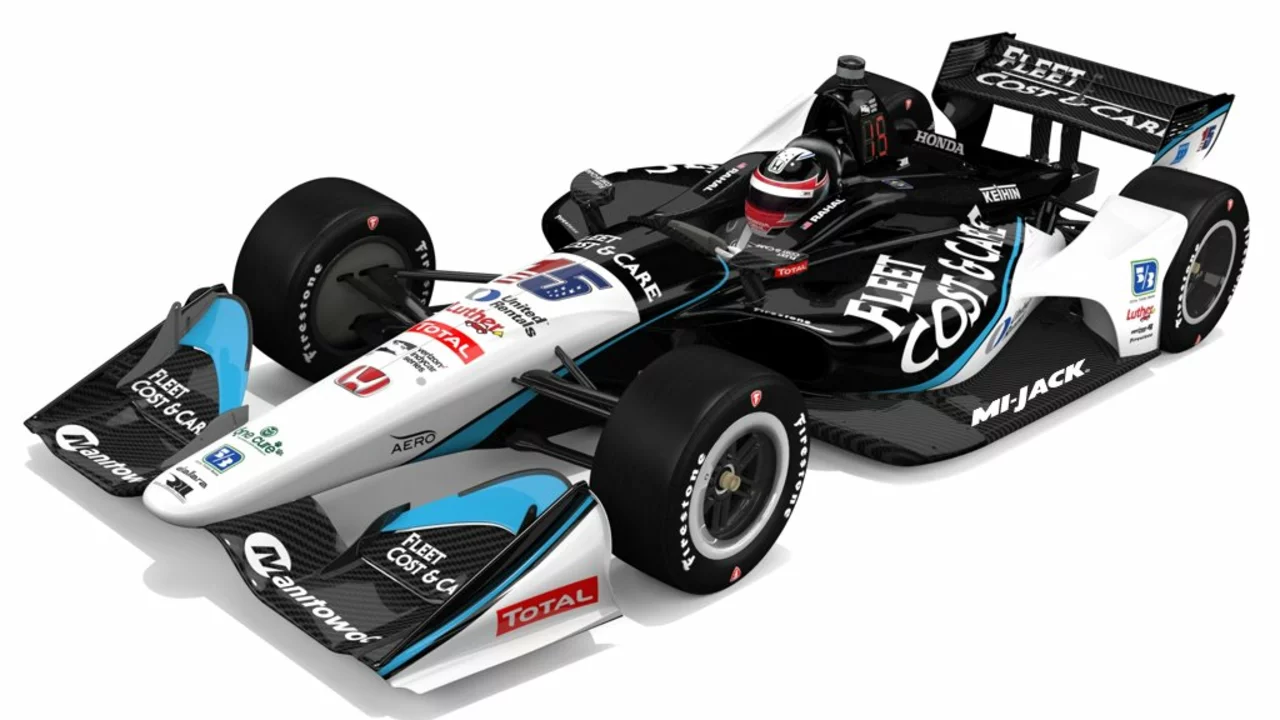IndyCar Team Basics – How Racing Teams Work and Win
Ever wonder what goes on behind the scenes of an IndyCar race? It’s not just a driver pressing the pedal – a whole crew makes the car fast, safe, and ready for those high‑speed ovals and street circuits. In this guide we’ll break down the parts of an IndyCar team, show you how they stay competitive, and point out the squads you should be following.
First off, an IndyCar team is a mix of engineers, mechanics, strategists, and of course the drivers. Each person has a specific job, but they all share one goal: shave every possible millisecond off lap times. It sounds simple, but the details get pretty technical – and that’s where the fun starts.
Key Parts of an IndyCar Team
Drivers are the public face of the team. They bring skill, feedback, and marketability. A good driver can sense a car’s weakness and tell engineers exactly where to improve.
Engineers design the chassis setup, handle aerodynamics, and tune the power unit. In IndyCar the engines are supplied by manufacturers, but teams still fine‑tune cooling, fuel mapping, and gearbox ratios to match each track.
Mechanics are the hands‑on folks who assemble the car, change tires, and make quick repairs during a race. A missed bolt or a loose wheel nut can cost a podium, so precision is non‑negotiable.
Strategists sit in the garage monitoring fuel, tire wear, and weather. They decide when to pit, which tires to use, and whether to push for a short‑run or a long‑run strategy. Their calls can turn a mid‑field car into a surprise winner.
Data analysts collect hundreds of data points per lap – everything from suspension travel to engine temperature. They turn raw numbers into actionable insights, helping the team adapt as the race unfolds.
All these roles are tied together by a team principal who handles budgets, sponsors, and long‑term planning. The principal makes sure the crew has the resources to develop the car and travel to every venue on the calendar.
Top IndyCar Teams to Watch
When it comes to performance, a few names consistently pop up at the top of the standings. Team Penske is famous for its meticulous preparation and strong driver lineup. Chip Ganassi Racing blends experienced engineers with fresh talent, often delivering surprise victories. Andretti Autosport leans on a rich family legacy and a solid engineering base, delivering strong finishes on both ovals and road courses.
Newer outfits like Arrow McLaren SP are shaking things up with aggressive aerodynamic research and a focus on data‑driven decisions. Even smaller teams can make a mark by mastering specific circuits – think of a street‑track specialist that knows every curb and blind corner.
Fans love to track the evolution of each team throughout the season. Pay attention to jersey colors, pit lane activity, and how quickly a crew adapts after a setback. Those details reveal the team’s culture and future potential.
Getting involved with an IndyCar team doesn’t require a racing degree. Many fans start by following team updates on social media, attending a paddock tour, or even volunteering at a local race event. Hands‑on experience gives you a taste of the pressure and teamwork that defines the sport.
In short, an IndyCar team is a finely tuned machine of people and tech. From the driver’s seat to the data screen, every role matters. Keep an eye on the big names, watch the strategies play out, and you’ll understand why each race feels like a puzzle that only the best‑prepared team can solve.
